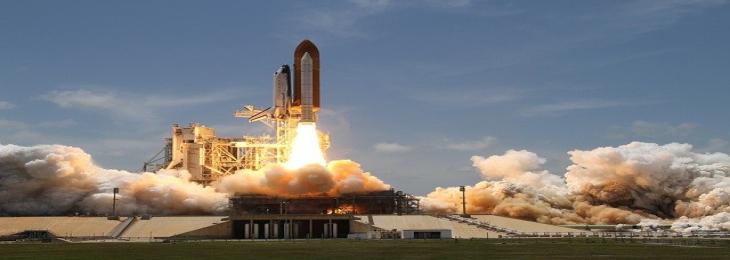
To even attempt a launch this month, NASA has to correct a hydrogen leak, ace a fuelling test, and obtain a crucial safety system waiver.
By September 23, NASA could be able to launch its newest megarocket on a test journey to the moon, but only if it repairs a leak and gets a crucial waiver from the United States. Force in Space.
NASA's assistant administrator for exploration systems development, Jim Free announced today (Sept. 8) that the launch of the agency's massive Space Launch System (SLS) rocket for the Artemis 1 moon mission might occur on Sept. 23 or Sept. 27. These launch dates are subject to a variety of conditions, such as NASA obtaining a waiver to prolong the period of time required to inspect cells on the SLS' flight termination system (FTS) to kill the rocket if it deviates from its intended path during launch.
Every 25 days, NASA is required to test the FTS by the U.S. Space Force, having the charge of the Eastern Range where Florida rocket launches take place. For this test, the 322-foot-tall (98-meter) rocket must leave the launch pad and roll back to its hangar. NASA could be able to prevent weeks of extra delay by extending that deadline, which would move the Artemis 1 launch date into October.
Free reported that this week the Eastern Range received a waiver request from the Artemis 1 mission management. He stated in a teleconference that after meeting for multiple times, it’s been quite kind and accepting of what they're trying to achieve. That is their range, and it is their obligation to live to their expectations.
Free remained mum over the length of the extension NASA is requesting. One such FTS waiver had previously been obtained by the agency, raising the threshold from 20 to 25 days.






